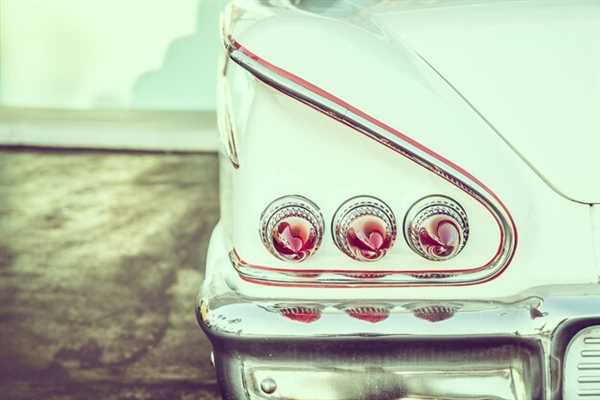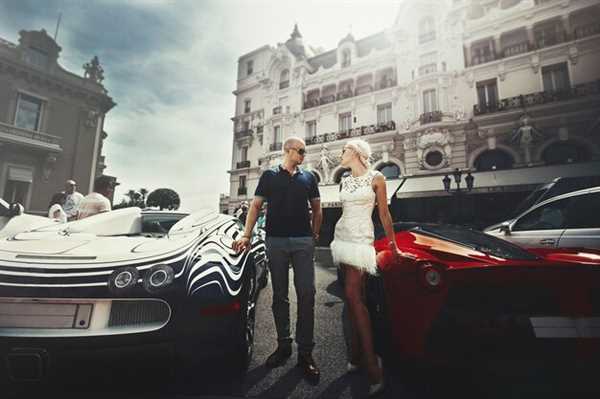
To ensure the longevity of iconic automobile aesthetics, collaboration within the sphere of restoration is paramount. Engaging with experienced artisans who are adept in traditional craftsmanship can guarantee that authentic features are maintained. Source original materials and tools to replicate finishes that resonate with the era of each vehicle, thereby honoring its roots.
The integration of technology must be approached with caution. While modern modifications may enhance functionality, they can dilute the inherent charm of classic cars. Strive for a balance that respects the original features while allowing for the practicalities of contemporary use. This nuanced approach not only caters to enthusiasts but also captivates new audiences.
Documenting stories and histories surrounding each model is equally significant. Collect literature, testimonials, and records to enrich the narrative tied to these classic machines. Establishing a digital archive or a shared community platform can cultivate appreciation and understanding of the artistry behind these vehicles, securing their status as timeless treasures.
Strategies for Restoring Classic Cars While Maintaining Original Design Elements

Select reproduction parts that closely match the originals in quality and appearance. Numerous manufacturers specialize in producing components that replicate the original specifications, ensuring that aesthetics and functionality remain intact.
Utilize specialized restoration services that focus on authenticity. These experts can advise on materials and techniques that align with the initial build practices, preserving the genuine look and feel of the vehicle.
Document the restoration process meticulously. Take notes and photographs at each stage, detailing any changes made and the rationale behind them. This record aids future caretakers in understanding choices and maintaining authenticity.
Prioritize preserving vintage finishes when possible. If repainting, research the original color codes and formulas to ensure accuracy. Many classic car enthusiasts value the patina and character of older paint jobs, which adds to the vehicle’s story.
Engage in community networks dedicated to classic automobiles. Sharing experiences and sourcing tips from fellow restoration enthusiasts can provide invaluable insights and resources specific to the model in question.
Consider the impact of modern technology judiciously. While contemporary upgrades may enhance performance or safety, assess how these modifications affect the visual integrity of the car. Strive for upgrades that maintain the classic appeal.
Establish a timeline for the restoration, ensuring that every task aligns with preserving the car’s unique attributes. Break down the project into manageable phases, allowing for careful execution and reducing the risk of altering key features.
Seek out authentic accessories that reflect the car’s era. Original parts such as badges, wheel covers, and interior fittings add to the vehicle’s character, enhancing the overall presentation without compromising its heritage.
Importance of Documentation and Research in Preserving Automotive Heritage
Thorough documentation is key to maintaining the legacy of vintage vehicles. Start with compiling detailed records of every model, including specifications, production numbers, and unique features. This serves as a crucial reference for restorers and enthusiasts alike.
Conduct comprehensive research on the history of each vehicle. Sources include manufacturer archives, historical magazines, and interviews with original designers or owners. Gathering firsthand accounts can reveal valuable insights into the creation and cultural impact of these cars.
Consider establishing a categorized database. Organize information by make, model, and year. This facilitates easy access for researchers, historians, and collectors, ensuring the legacy can be appreciated long-term.
- Document the design elements and innovations that set each car apart.
- Track modifications and restorations to understand how these vehicles evolve over time.
- Create visual archives with photographs, sketches, and blueprints to capture design nuances.
Collaboration with museums and heritage organizations can enhance research efforts. Establish partnerships to share resources, knowledge, and expertise, reinforcing the community around classic cars.
Promote workshops and seminars that focus on automotive history research. Engage with younger generations through educational programs that highlight the significance of these vehicles, inspiring a passion for their legacy.
Advocate for digital preservation methods, including online repositories and virtual exhibits. This approach broadens access to historical automotive information, allowing a wider audience to appreciate the artistry and craftsmanship behind these iconic machines.
Incorporate technology such as 3D modeling for restorations, enabling accurate representations of original designs. This aids in the conservation of stylistic details that contribute to the car’s identity.
Ultimately, diligent documentation and in-depth research play a pivotal role in safeguarding the stories and art behind these automobiles, ensuring that their impact is remembered and celebrated for years to come.
Community Engagement and Education in Celebrating Automotive Design Legacy

Organize local car shows that highlight classic vehicles, inviting enthusiasts and families to engage directly with these machines. Create interactive workshops where participants can learn about maintaining and restoring vintage automobiles while sharing stories about their own experiences with these timeless pieces.
Partner with schools to develop educational programs focused on the history of classic cars, emphasizing their influence on culture and technology. Use hands-on activities, such as building model cars or visiting museums that feature vintage vehicles, to make learning immersive and enjoyable.
Establish community volunteer groups dedicated to car restoration projects. This not only preserves the legacy of remarkable vehicles but also encourages teamwork and camaraderie among members. Document these efforts via social media platforms, showcasing the skills learned and the stories behind each car.
Host lectures and panel discussions featuring experts and historians who can convey the importance of these classic machines, sharing anecdotes that personalize their legacy. Encourage attendees to bring photographs or sketches of their favorite vehicles to foster discussions on design and innovation.
Promote collaborations with local businesses to fund scholarships for students pursuing careers in automotive technology, engineering, or design. This investment cultivates a new generation that appreciates and contributes to the preservation of classic car heritage.


